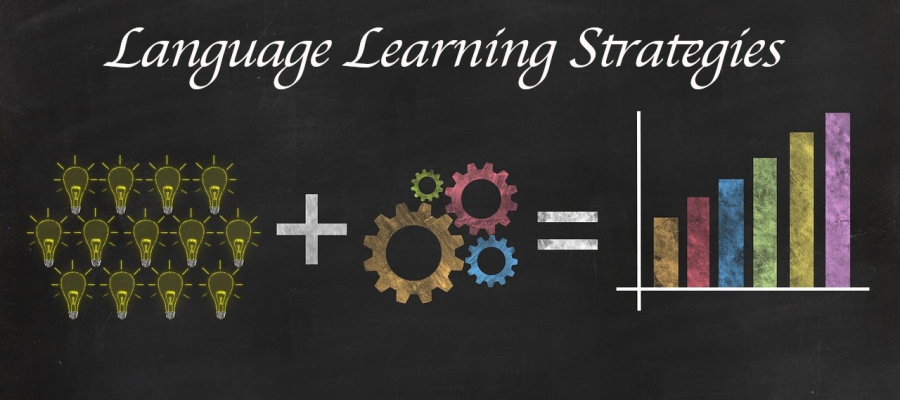In this ultimate guide to language learning strategies, we cover all the basics of language learning, including setting realistic goals and memorisation strategies.
It can be very difficult to know which language learning strategies are going to help you learn languages fast. The strategies covered in this guide aim to guide readers towards achieving language learning success.
The tips and tricks suggested in this guide are based on findings from research into learning a second language.
In particular we depend on:
Stephen Krashen’s seminal work “Principles and Practice in Second Language Acquisition” (Krashen, S. (1982). Principles and practice in second language acquisition. Oxford, UK: Pergamon.) (pdf),
Lee, M., & Bong, M. (2019). Relevance of goal theories to language learning research, and
So whether you’re starting to learn a new language from scratch or brushing up on an old skill, this guide has everything you need to get started to learn languages!
Check out our latest posts about language learning strategies:
- Activate the Benefits of Daily Language Practice

- Breaking Through: Strategies to Surpass the Intermediate Language Learning Plateau

- How To Find the Motivation To Learn Languages: 18 Free Strategies

Getting Started with Second Language Acquisition
As you commence your process, setting a goal for why you want to learn the language and what level of proficiency you want to achieve is crucial. It’s also essential to decide on a routine that includes both spoken and written language.
Beginning language learners, in particular, need to set realistic goals and find a balanced study plan.
Consistency is key; creating a study routine and sticking to it religiously can help form a habit. Remember not to overburden yourself; instead, start small and steady – under promise and over-deliver.
Three Types of Language Learning Strategies
Language learning strategies focus on the learner’s approach to the language learning process. They include
Metacognitive Strategies
Cognitive Strategies
and Social Strategies.
Language Acquisition with Metacognitive Strategies
Metacognitive strategies are key to mastering how to learn a language. They involve creating the right mindset for learning, understanding and leveraging your personal learning styles and preferences, and learning how YOU stay motivated.
They are also used to plan, monitor, and evaluate your learning activities. Use them to set specific goals, create a structured study schedule, and assess your progress. Tools like online language courses and language apps can support these activities by providing structured lessons and the ability to track learning milestones.
Mindset and Self-Belief
Self-belief is when you believe in your own ability to do something well. It’s having confidence in yourself to handle tasks and achieve your goals.

In language learning, having a growth mindset and strong self-belief are language learning strategies that can significantly boost your progress.
Understanding Language Learning Styles
Identifying your preferred learning style is a crucial first step in your language learning journey.
People generally fall into one of three main learning styles: visual, auditory, or kinesthetic.
Understanding which style resonates most with you can help you tailor your approach and maximize your language learning efficiency.
Adapting language learning materials to ensure they provide ‘comprehensible input’ is crucial for aligning with various learning styles, making the learning process more engaging and effective by focusing on understandable and interesting language input.
Setting Clear Goals and Staying Motivated
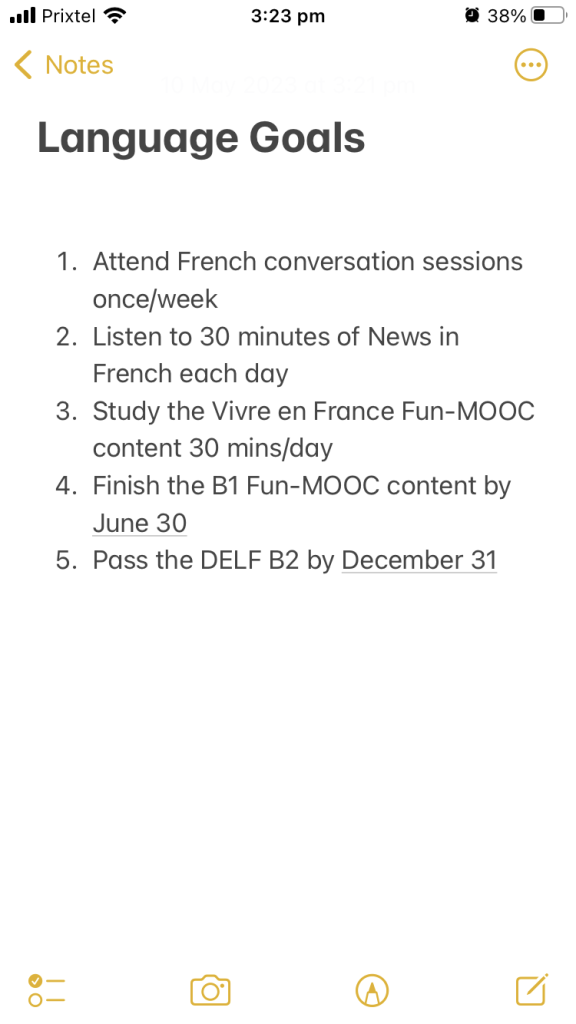
Setting clear language learning goals and staying motivated are great language learning strategies. It’s like having a roadmap and the fuel to reach your destination.
When you set specific goals, it’s like deciding where you want to go in your language learning journey.
This clarity helps you focus your efforts and stay on track.
When you’re motivated, learning becomes more enjoyable, and you’re more likely to put in the effort to achieve your goals.
So, when you have a clear direction (your goals) and the energy (motivation) to get there, your language learning journey becomes smoother and more successful.
Embrace feedback

Getting feedback on your language learning efforts is like having a helpful guide along your journey.
Apps can be a useful self-regulation language learning strategy.
Both Krashen (1982) and Ullman & Lovelett (2018) emphasize how constructive feedback is super important for improving.
It’s a bit like having a map that shows you the right path when you take a wrong turn.
So, don’t be afraid of making mistakes when learning a new language – they’re valuable opportunities for growth, and is one of the many important language learning strategies, especially when you have good feedback to guide you. While feedback often includes corrections on ‘grammar rules’, the focus should be on practical language use rather than memorizing these rules.
Cognitive Strategies for Foreign Language Practice
Cognitive strategies directly engage learners with the practice of learning the language itself. Techniques such as summarizing key vocabulary, inferring the meaning of new words from context, or using visual aids to reinforce sentence structure are effective ways to enhance grammar skills and overall language comprehension. These methods help learners dive deeper into the nuances of a foreign language.
Memorisation
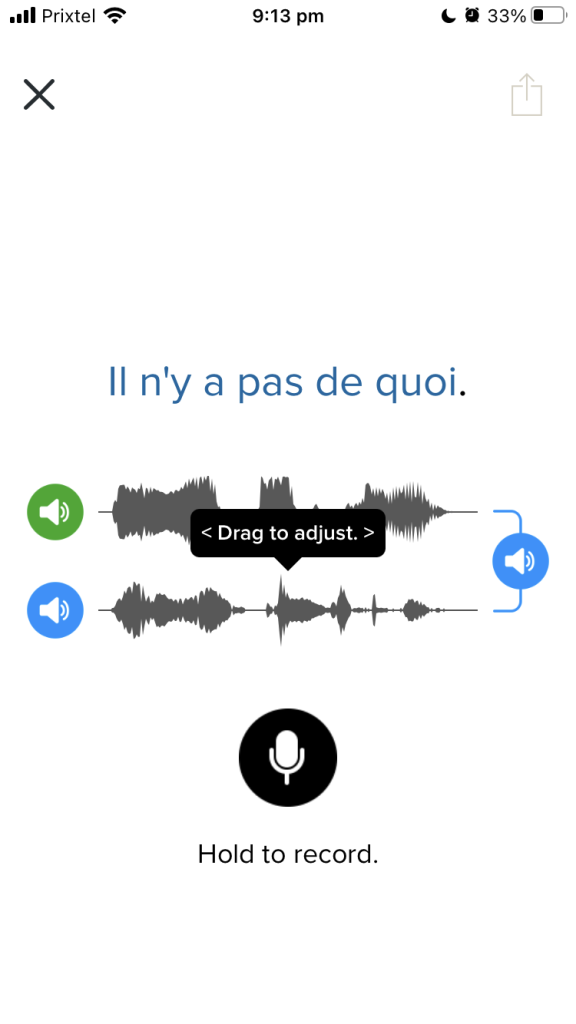
Memorisation techniques may not sound exciting, but they’re a super important tool when you’re learning a new language.
Incorporating the habit of using flashcards to memorize a few words daily can significantly enhance your vocabulary practice.
This method is not just about memorizing for the sake of it but about creating a routine that makes learning more efficient.
By dedicating time each day, even during ‘wasted’ moments, to review flashcards, you’re employing a spaced repetition strategy that ensures better retention of words and phrases.
When you can express yourself effectively, you can engage more deeply with others, understand their perspectives, and share your own. It’s like discovering a whole new world through the language you’re learning.
Memorisation strategies, especially when they involve creating sets and reps of flashcards for daily review, are about empowering your language skills, boosting your confidence, and opening up a world of opportunities for connection and understanding.
Language Retention – Spaced Repetition
Spaced Repetition involves reviewing and revisiting information at increasing intervals over time.
It relies on the psychological spacing effect, which suggests that you remember things better when you review them at intervals instead of cramming all at once.

Picture it like planting seeds and nurturing them. Instead of cramming, you space out your learning sessions, letting knowledge grow and stick over time, like tending to a garden.
To implement spaced repetition for language learning, you can follow a learning plan based on spaced repetition, or utilize specialized apps or software.
These tools adapt to your learning progress, ensuring that you revisit and reinforce words and phrases at optimal intervals to maximize your language retention.
Visual Aids
Visual aids are like painting a picture with words, effective across various modern language learning contexts, supporting visual learning styles.
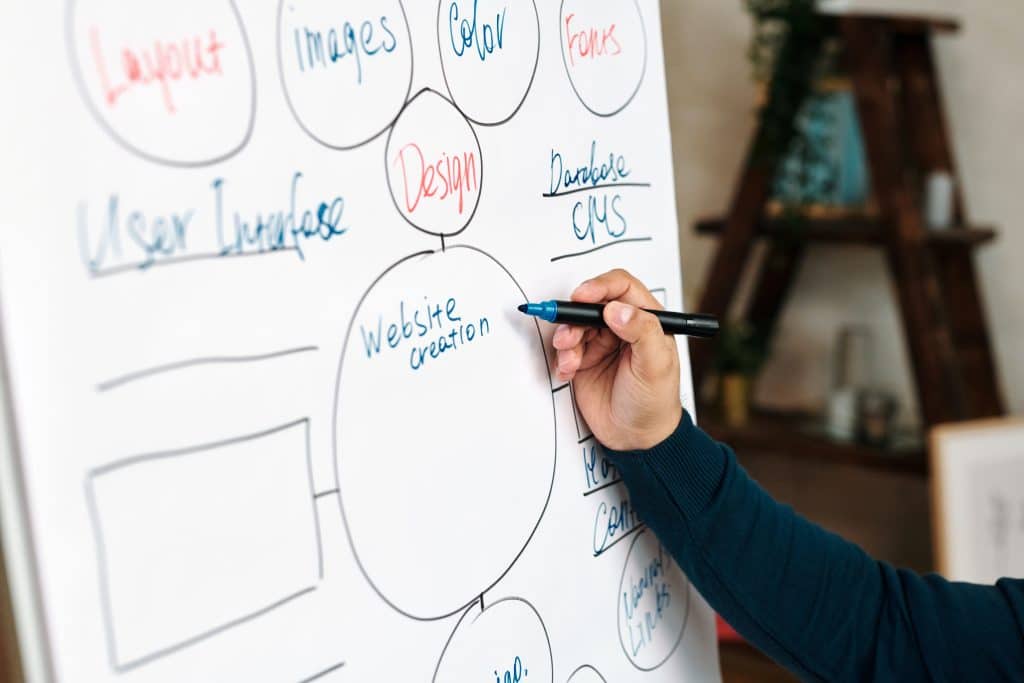
Visual aids could be lists in colours, semantic webs of related concepts or themed vocabulary, mind maps, pictures of various vocabulary, or pictures associated with related concepts.
Even the shape of the word when written might work as a visual reminder for some people.
When you create images or mind maps for vocabulary, it’s can draw a vibrant picture in your memory, making words easier to recall.
Imagery
Utilizing mental imagery can enhance memory. Creating vivid mental pictures related to language elements can help learners remember words, phrases, and grammatical structures. One well known technique is known as a Memory Palace.
Memory Palace
A memory palace is a specific mnemonic technique using imagery, where you mentally create an imaginary place, like a grand mansion, and use its rooms to store and organize information.
Research, such as a 2012 study published in the journal Neuron by Maguire et al., suggests that the technique can improve memory and cognitive function by leveraging spatial memory and visualization skills.
Think of a memory palace as a filing system for your brain. Just as you organize files in a physical filing cabinet, a memory palace helps you organize information in your mind, making it easier to retrieve.

By mentally placing information in specific locations within your memory palace, you can later recall it with greater ease and accuracy.
Constructing a memory castle is a potent mnemonic strategy specifically useful when learning languages.
With this technique, you mentally craft an elaborate imaginary setting, such as a house you know well, and use the memory of its various rooms and features as mental locations to store and organise grammatical information and vocabulary.
For instance, suppose you’re studying a new language and need to remember vocabulary words related to different topics, like food, clothing, and travel.
In your memory castle, you can envision it as a house you used to live in with distinct rooms dedicated to each of these categories.
As you study, you mentally place the foreign words and their meanings into the appropriate rooms, associating them with the context they belong to.
When it’s time to recall these words in conversation or during a test, you mentally traverse your mind castle, entering the relevant rooms and effortlessly retrieving the language you’ve stored there.
This approach transforms abstract language learning into a vivid and memorable mental realm, making it simpler to remember vocabulary and concepts.
The memory castle technique is a valuable tool for enhancing language acquisition by capitalizing on the brain’s innate capacity for spatial and visual memory.
Elaborative Encoding
Ullman and Lovelett’s concept of “Elaborative Encoding” suggests that when you’re learning a new language, it’s beneficial to connect the new information with what you already know.
I call it ‘hooking onto existing knowledge’.
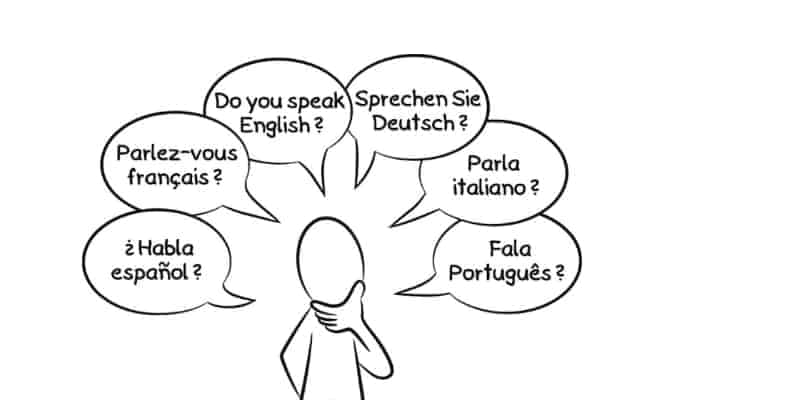
This is a bit like building bridges between your existing knowledge and the new language concepts you’re trying to grasp.
For example, if you’re learning Spanish and you already know English, you can relate Spanish words to their English counterparts.
One effective language learning strategy is to ‘hang’ new information on existing knowledge … for example, the obvious similarities between ‘parlez’ and ‘parla’, ‘speak’ and ‘sprechen’.
This approach helps you remember and understand the new language more effectively because you’re building on what you already comprehend.
Association Building
Imagine associations as creating mental links between words. Imagine it’s like connecting dots with a line; when you remember one word, it helps you recall others related to it.
Learning Germanic and Romance languages, I often find I can associate a new word with a similar word or concept in English.
The Dutch word for ‘through’ is ‘door‘, so when I learned that word, in my head I said “I walk through the door.”
Likewise, ‘stool’ means ‘chair’, ‘praat’ means to talk, and reminds me of the English slang ‘prattle’, which is to talk incessently.
‘Padre’ in Spanish means ‘father’ … and is a slang word association for the minister of a catholic church, referred to as ‘Father’ in English.
Some people use picture associations to learn, putting images on their flashcards or using apps that teach vocabulary with image associations.
In the context of Ullman and Lovelett’s discussion about the balance between implicit (unconscious) and explicit (conscious) learning, elaborative encoding leans more towards explicit learning.
It’s a conscious effort to connect the dots between what you know and what you’re learning. By combining both implicit and explicit learning methods, as they suggest, you create a more robust and holistic approach to language acquisition.
Leveraging one’s native language as a foundation for elaborative encoding can significantly enhance the learning process by drawing on familiar linguistic structures.
Social Strategies – Interacting with Others for Fluency
Social strategies involve real conversations and practice speaking with others, which are crucial for fluency.
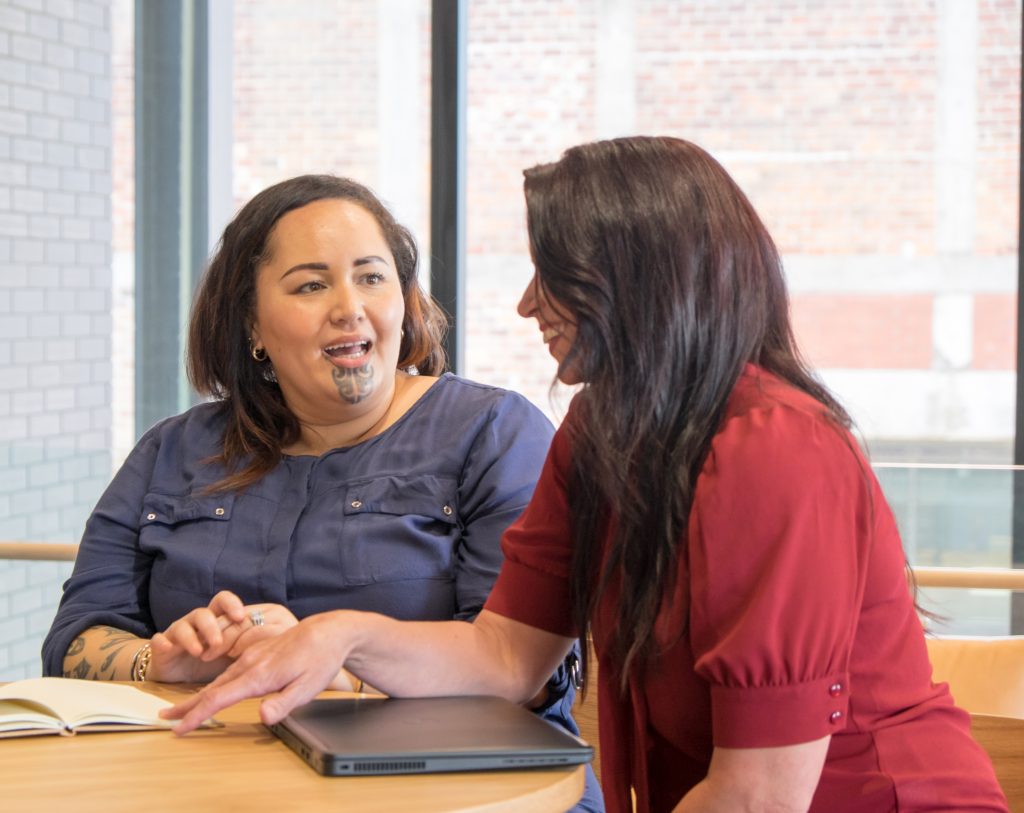
Engaging with a global community of learners or participating in language exchange can provide practical experience and playful rewards.
Language learning platforms often facilitate these interactions, allowing users to connect with language experts and other learners worldwide.
Overall, social strategies enrich the language learning experience by integrating linguistic skills with cultural immersion and real-world practice, making learning more dynamic and effective.
Conclusion
To learn languages fast can be a daunting task, but it doesn’t have to be.
Incorporating a mix of these strategies not only broadens the understanding of a new language but also makes the journey more engaging.
Whether through bite-sized lessons on a free app or structured language courses, each approach plays a vital role in developing comprehensive language skills.
As more people look to learn languages, embracing varied learning strategies becomes essential to foster a daily habit and sustain motivation.
This holistic approach to language learning ensures that each learner can find methods that resonate with their personal learning style and goals.
References
Lee, M., & Bong, M. (2019). Relevance of goal theories to language learning research. System, 86, 102122.
Krashen, S. (1982). Principles and practice in second language acquisition. Pergamon Press.
Ullman, M. T., & Lovelett, J. T. (2018). Implications of the declarative/procedural model for improving second language learning: The role of memory enhancement techniques. Second language research, 34(1), 39-65. https://doi.org/10.1177/0267658316675195.
Cate is a language enthusiast sharing her language learning journey here. Apart from her native English (albeit 'Strine'*!), as an adult she has also learned Auslan (Australian Sign Language) to approximately a C1 level, Dutch to around B1/2, French to around A2, and has a smattering of other languages.
B.A. (Anthropology/Marketing), Grad. Dip. Arts (Linguistics), Grad. Cert. Entrepreneurship & Venture Development, (CELTA).
Auslan Interpreter (NAATI), and general Language Nut.
*For more information on 'Strine', visit https://en.wikipedia.org/wiki/Strine

